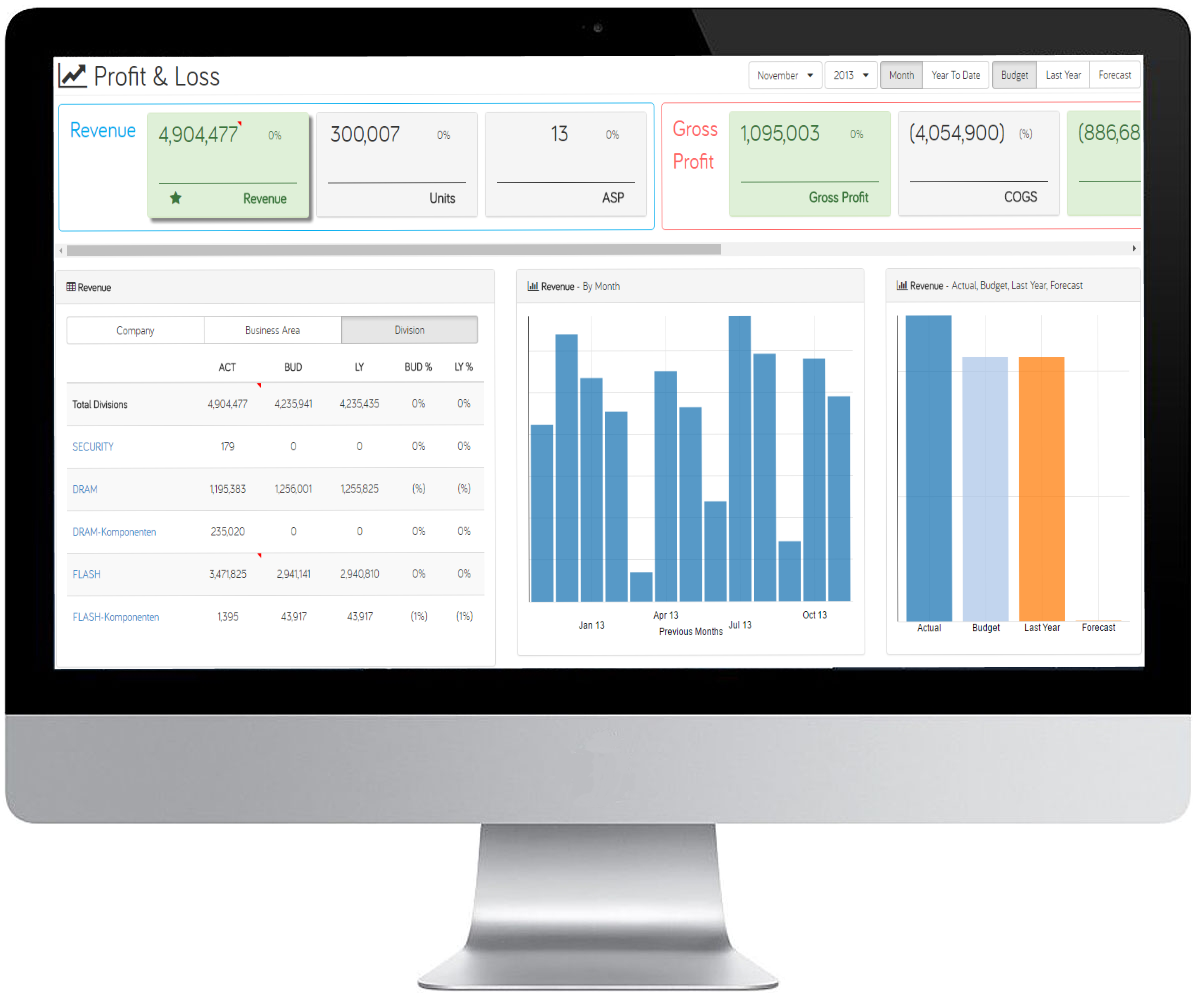Category: Canvas
-

Setting up SSO with CAM and Canvas
This document will guide you to configure Single Sign On with CAM Security. Before proceeding, ensure that the user is able to go to http://<host>:<port>/ibmcognos using his/her PC, without being prompt for a username and password. Note also this only works with Internet Explorer and Chrome due to security configuration.
-

Enabling TM1 Web Integration with Canvas
This article list down the configurations that you need to do first, before you can view your TM1 Web sheets and/or Cube Views within Canvas:
-

Disable Cache
By default your web browser will keep the cache. If you make a change in your html code, it might not appear in your browser.
-

Define Cubewise Application Server port number
Canvas uses a Tomcat server called Cubewise Software Application Server, the port number is defined in the C:CWASconfserver.xml file:
-
How to add Javascript support to your Canvas page
Feeling a little more adventurous? Things can potentially be simpler if handled via Javascript. But how do you add that to your Canvas page? Here is how:
-

Define multiple TM1 instances
In Canvas, TM1 instance settings are defined in the C:CWASwebapps<application name>WEB-INFinstances.json. You can define as many TM1 instance you want per Canvas application.
-

Define a TM1 instance in Canvas
With the REST API, a TM1 instance is not defined by its servername but it is defined by its HTTPPortNumber in tm1s.cfg, you can check the blog on how to enable REST API.
-

Create a new Canvas application
A Canvas application is defined in the C:CWASwebapps folder. By default there are two applications called ROOT and samples:
-

Responsive design with Canvas and Bootstrap
The first thing you notice when you start building a web page is that the layout is not defined. You literally start from a blank page. First you have to create the containers before adding some contents.
-

Drive a rowset with a dynamic MDX statement
The introduction of Active Forms with TM1 v9.5 was a big step forward in the TM1 world. It allowed for the first time TM1 users to build reports with dynamic rows without having to write a single lines of VBA.